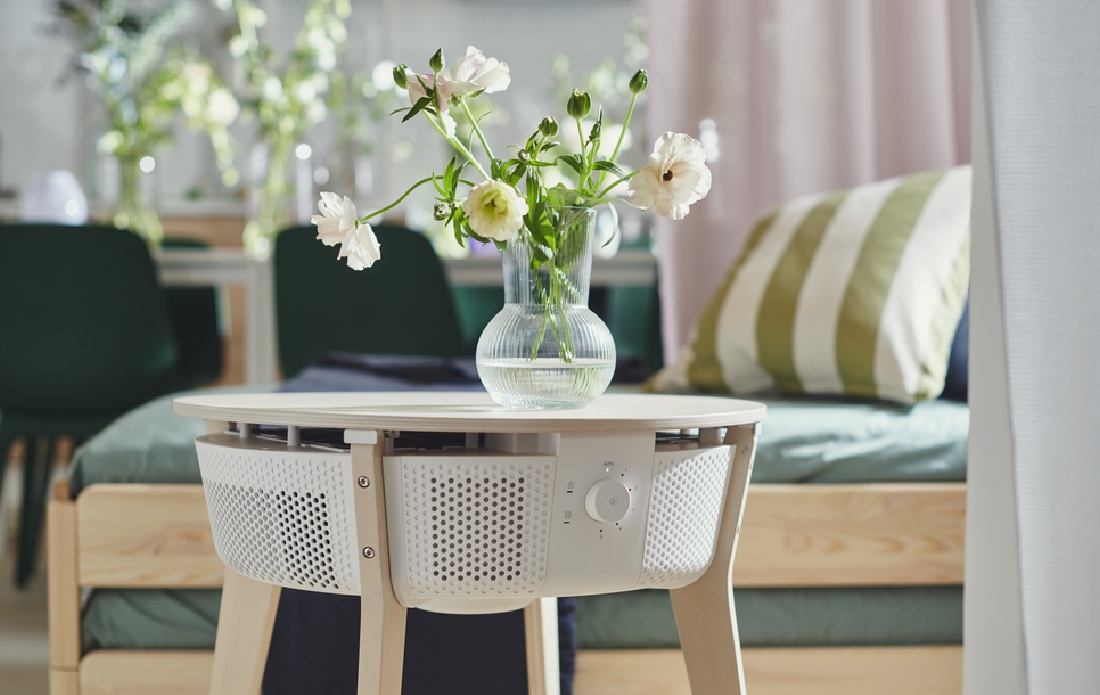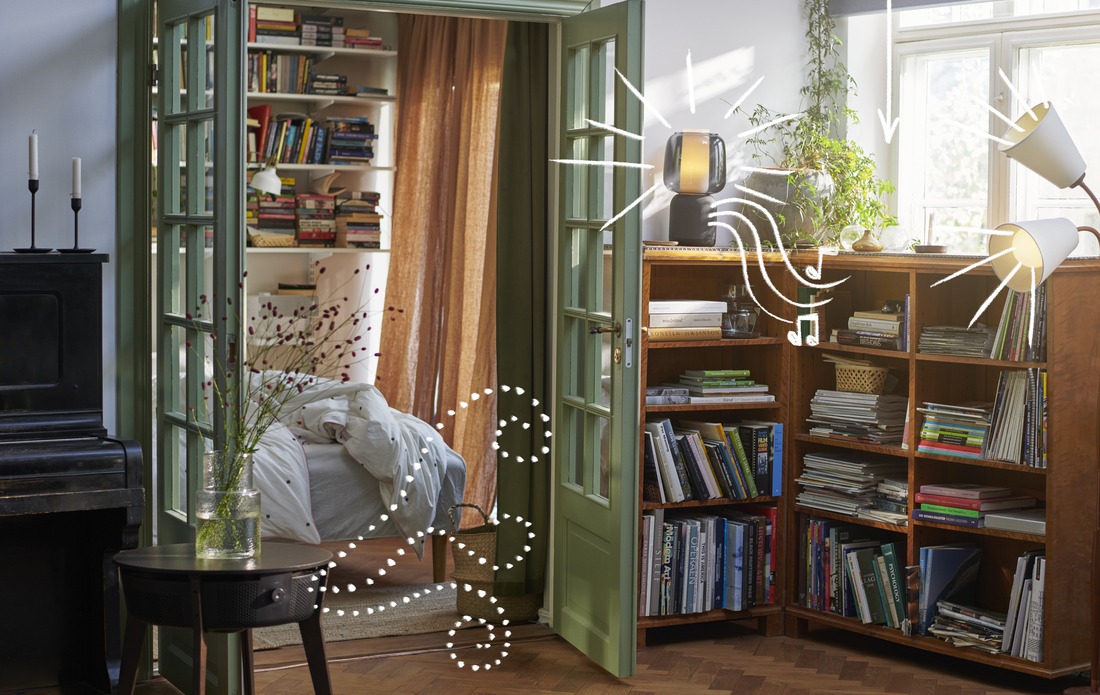Having clean and healthy air at home is no longer a luxury—it’s an essential part of modern living.
If you’re looking for an effective solution to refresh and purify air from pollutants, dust, and allergens, using an air purifier is a smart choice.
In this article, you’ll find comprehensive information on the benefits of air purifiers, the types available, and how to choose a product that fits your room’s needs. Be sure to read to the end to find practical and inspiring solutions!
Why indoor air quality matters
Indoor air, especially in tightly sealed homes with minimal ventilation, tends to contain harmful substances.
Pollutants such as dust, pollen, pet dander, and chemical gases from household cleaning products can get trapped inside.
Without proper air circulation or an effective air purifier, air quality will decline and can trigger a range of health issues, including allergies, eye irritation, shortness of breath, and even sleep disturbances.
That's why bringing an air purifier into your home is a smart step toward improving air quality and creating a more comfortable and healthy living space for everyone.
Read also:
Recommended Air Purifiers for Fresher Indoor Air
How air purifiers work
Air purifiers work by drawing in dirty air and filtering it through a multi-layer filtration system. One of the most popular and effective filters is the HEPA (High-Efficiency Particulate Air) filter—especially HEPA 13, which can trap up to 99.97% of micro-particles such as fine dust, pet dander, and pollen.
Air purifiers are also commonly equipped with activated carbon filters to absorb harmful gases and unpleasant odors from kitchens or cigarette smoke.
Some models use ionizer technology that releases negative ions to attract and neutralize airborne particles. Meanwhile, UV light features are used to kill viruses, germs, and bacteria.
The benefits of using an air purifier at home
Using an
air purifier from IKEA brings many real benefits, from better health to added comfort.
Firstly, clean air helps relieve allergy and asthma symptoms that are often triggered by small particles such as dust, pollen, and pet dander.
Secondly, using an air purifier supports the immune system by reducing exposure to airborne viruses and bacteria.
In addition, your home feels fresher thanks to built-in odor removal and gas-absorbing features.
A high-quality air purifier is also essential for maintaining the health of children and the elderly, who are more vulnerable to poor air quality.
Types of room air purifiers and their technologies


